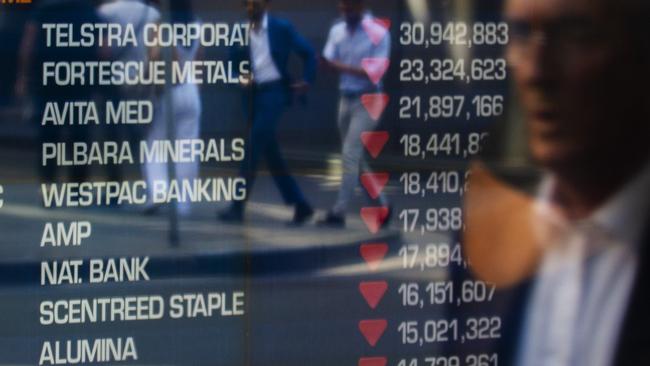Coronavirus shutdown: still more damaging news to deal with

While we must expect volatility, I remain concerned with the long-term damage that has been done to economies around the world as the “off” switch has been flicked in response to COVID-19.
In particular, we’re now looking at the effect this is having on revenues and earnings for businesses of all kinds. Indeed, we may not see the full long-term effect of the restrictions for at least another three to six months.
Meanwhile, markets are fully pricing in the positive macro news based on the reality as they see it around the virus numbers and government stimulus. At the same time, they are ignoring obstacles such as public sector debt and the long-term implications of the fiscal stimulus, the unknown future course of the virus, particularly in the US, reduced buybacks and, most importantly, the question of what the impacts will be on revenue and profitability.
The first major economic sign of the effects of the virus will be seen in the US first-quarter GDP figure to be released on April 29, and I observe that we don’t need the GDP figure to tell us how bad the economic effect of COVID-19 has been. It will not be pretty.
London-based Oxford Economics is now projecting minus 2.8 per cent GDP growth in 2020, and minus 7 per cent in the first half of 2020, with a rebound in the second half. To put this into perspective, at the start of this year we were looking at +2.7 per cent global GDP growth for 2020.
Capital Economics, also in London, sees a bigger problem in that the GDP figures might not give an accurate guide to the likely knock-on effect of the virus-related disruption on, for example, corporate insolvencies or household arrears.
“Arguably the biggest risk for the global economy is that a big rise in insolvencies triggers a banking crisis. We must be aware of the possibility that the GDP figures engender complacency about that risk,” the researcher says.
Just last week, we also saw the Australian Prudential Regulation Authority — the body that regulates our banking industry — give a direction to bank boards that they make “prudent reductions in dividends, taking into account the uncertain outlook for the operating environment and the need to preserve capacity to prioritise these critical activities”.
Three of the big four banks — NAB, Westpac and ANZ — will release their results in coming weeks for the first half to March 31. They are now likely to announce severe dividend cuts or possibly even no dividends for the first half of 2020. We will also see many other blue-chip companies savagely slash their dividends.
I have argued for some time that the level of bank dividends was unsustainable, but the prospect of suspended dividends has very much taken me by surprise.
The future action by governments in Australia and globally will see many companies and industries socialised by government bailouts, so a service can survive.
You don’t get something for nothing, and these companies and industries will now be dictated to by political interests. Shareholders will be subservient to bond holders, and bond holders will be subservient to wider political interests.
As for buybacks, which in the US have to some extent been responsible for earnings per share growth, those days are over for the foreseeable future. There is simply going to be too much debt on balance sheets that will need to be repaid.
In addition, too many investors are still concentrating on government stimulus and virus numbers while ignoring the impact on individual businesses.
By concentrating on these macro factors, some investors are happily looking “across the valley” while at the same time merrily slashing current macro forecasts. We have not seen enough company-specific announcements yet and the herd mentality of buying because the market has fallen is a naive reaction.
What we have seen with the stage one reaction is markets going down and then the relief rally, from a top down or macro perspective.
Stage two, which we have not experienced yet, is about markets falling on the back of the impacts at a micro level — in other words, the impact on revenue and profitability. However, markets will sustainably recover when they have readjusted not only on this impact to revenue and profitability, but also to measured guidance for the future. We have not seen signs of any of this as yet.
Be prepared. There will be dire economic data released from the end of this month. As we have started to see in just the past week the first revised profits guidance from companies, especially in the US, is showing the revenue impact of the economic shutdown.
Debates rage on about when a recovery will occur. Note that the market could experience further downside when the timing of the expected recovery gets pushed out (which is the persistent trend at the moment).
There will potentially be weakness in markets through the second stage, which we have not entered yet. Watch the second phase closely — and the structural economic impact it represents.
This will then determine the start of a buying opportunity.
Will Hamilton is the managing partner of Hamilton Wealth Partners, a Melbourne-based wealth manager.
will.hamilton@hamiltonwealth.com.au



In the last fortnight, we saw a relief rally in markets. Some saw this as a positive sign of recovery and others a “false dawn”.